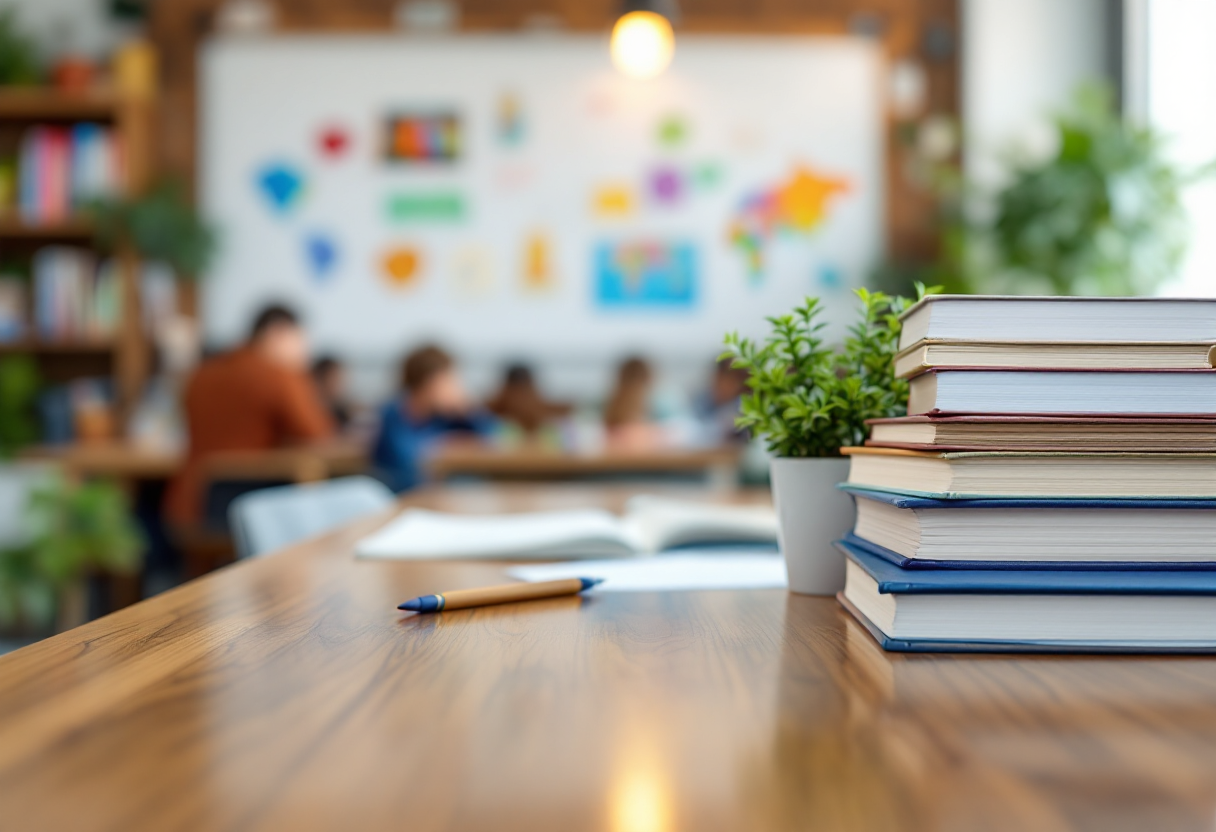Table of Contents
In the world of royalty, decisions often come with a weight of tradition and expectation. As Prince George, the eldest child of the Princess of Wales, approaches a significant transition in his education, his mother, Kate Middleton, finds herself at a crossroads.
The debate centers around whether George should follow in his father’s footsteps and attend the prestigious Eton College or opt for a more modern, co-educational environment like Marlborough College, where Kate herself was educated.
Tradition versus modernity in royal education
Prince William has expressed a desire for George to attend Eton, an institution steeped in history and known for its elite status among the British aristocracy. However, sources close to the royal family indicate that Kate is hesitant about this choice.
She reportedly believes that Eton’s environment may be too rigid and “stuffy” for her son. Instead, she favors a mixed-gender school, which would allow George to share his educational experience with his siblings, Princess Charlotte and Prince Louis.
This preference stems from her own positive experiences at Marlborough, where she enjoyed a balanced education alongside her siblings.
The impact of schooling on royal children
Historically, royal children have either been home-schooled or sent to boarding schools, with King Charles III and his sons, William and Harry, following this tradition.
Charles was the first heir to attend a civilian school, Cheam, at a young age, while both William and Harry went to Ludgrove before Eton. This lineage of educational choices highlights the importance of schooling in shaping the lives of royal children.
However, as societal norms evolve, so too do the expectations surrounding education. The possibility of George breaking from tradition and choosing a different path remains open, as royal expert Katie Nicholl suggests that William and Kate will ultimately prioritize George’s best interests.
Finding stability amidst challenges
For the young royals, the current school environment at Lambrook has provided a sense of normalcy during tumultuous times, particularly during Kate’s recent health challenges. The stability offered by their schooling has been crucial, allowing the children to maintain a semblance of a regular childhood. As Kate prepares to return to public duties following her cancer treatment, the decisions surrounding her children’s education take on added significance. With Kate now cancer-free, she is focused on her recovery and the well-being of her family, ensuring that their educational choices reflect both tradition and the evolving needs of modern childhood.




